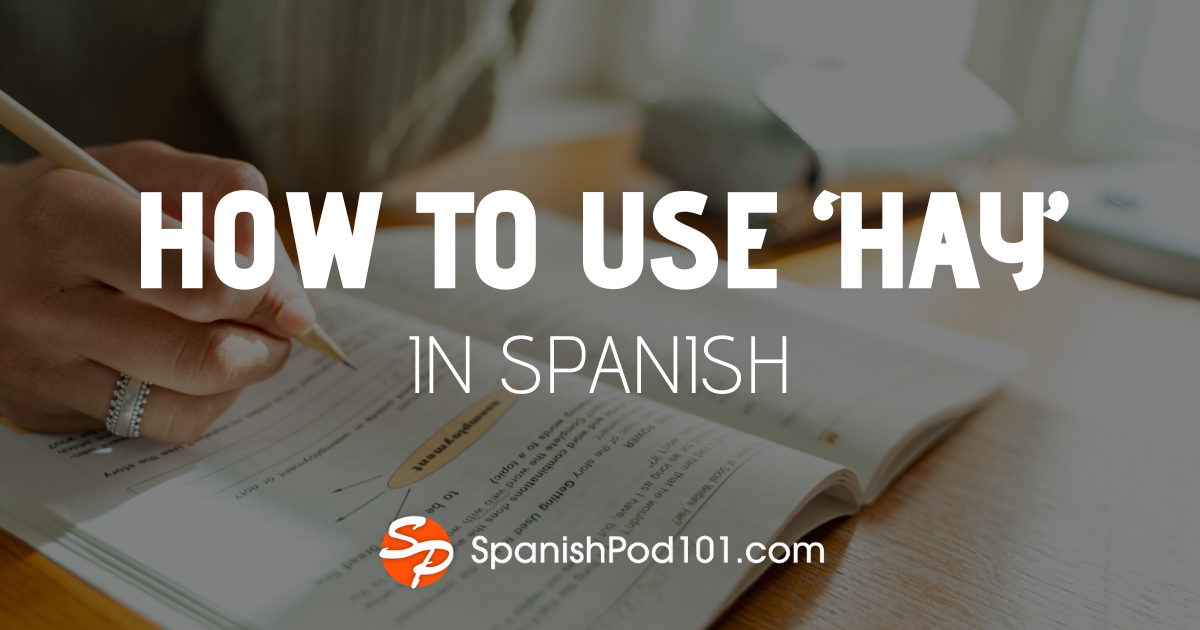June 25, 2021
How Long Does it Take to Learn Spanish?
At some point, every Spanish learner has asked the question: How long does it take to learn Spanish? And there’s no easy answer! It depends on many factors, such as your commitment and available resources. The total amount of time it takes you to reach a certain level of fluency may vary significantly from that of another learner.
But don’t get discouraged! Beginning your Spanish language learning journey now will be well worth it. Spanish is the second most spoken language in the world (second only to Mandarin), and is growing in use every day. In addition to reaping the benefits of knowing such a widely spoken language, this journey will help you get closer to the wonderful Spanish culture and give you the confidence needed to travel... Show more
June 10, 2021
The Top 30 Essential Spanish Proverbs
Proverbs are an essential part of popular and oral culture. Often transmitted to children by the elder generations, they are language’s time capsules that carry a lot of history—and unique cultural perspective—with them.
Because proverbs from around the world have very different origins and have evolved from their original meanings over time, they can be difficult to understand without context or a good guide in hand.
Fortunately, we’ve got you covered! SpanishPod101 brings you the top thirty Spanish proverbs and sayings that will help you speak like a local (or at least understand why Spaniards say that the world is a handkerchief).
Ready? Then let’s get started.
From that stick, that chip or like mother, like daughter!
... Show more
May 14, 2021
Barcelona Travel Guide: Explore This Unique Spanish City
While Europe is home to a rich collection of heavily touristed cities, Barcelona is one of its most popular thanks to its beauty, unique sights, vibrant nightlife and cultural life, budget-friendly options, nice weather...and don’t forget the beach! Millions of people from all over the world visit—and subsequently fall in love with—this lively Spanish city each year.
If you’re planning to visit Barcelona, it’s important that you prepare for your trip. Although many sights are within walking distance of each other, there are so many places to visit in Barcelona that you need to plan ahead in order to make the most of your time there. Preparing well in advance also gives you time to adjust your plan to meet your budget and take the needed... Show more
May 13, 2021
English Words Used in Spanish: Do You Speak Spanglish?
All over the world, the use of words borrowed from the English language is rapidly growing. The internet, social media, and the internationalization of American cultural products are among the biggest "English word exporters."
However, several factors have created a special bond between the Spanish and English languages. For starters, the proximity between the U.S. and Latin America (which is home to the largest number of Spanish speakers in the world) has allowed a great cultural exchange—and with it, an important language exchange. As such, there are several English words used in Spanish and Spanish words used in English.
There is a huge Latin American community living in the United States, and this community has brought elements... Show more
April 23, 2021
The Spanish Culture: A Guide to the Peculiarities of Spain
Are you planning on visiting Spain? This European country has many peculiarities you might not have heard about before, but no fear! Here you’ll find all you need to know to immerse yourself in the Spanish culture.
The culture of Spain is very unique, colored by its people’s outlook on life. Studying the Spanish language and culture opens a window to the country’s rich history, tradition, and lifestyle, beyond the clichés of paella, flamenco, and siesta.
In this guide, you’ll find the key Spanish culture facts you need to get a closer look at life in this sunny and lively Mediterranean country.
Table of Contents
Values and Beliefs
Family and Work
Religions
Traditional Holidays
Food
Art
Final Thoughts
... Show more
March 29, 2021
The Ultimate Guide to Spanish Food
Food and culture are typically linked to each other, and this is very true in Spain. In fact, Spaniards are proud of their cuisine. If you ever visit Spain, there are some dishes that you definitely need to try, some of which vary by region.
In this article, we're going to tell you about some of the most famous Spanish recipes, as well as some lesser-known dishes that are still worth mentioning. We're even going to include a simple Spanish food recipe for you to try at home so you can have a taste of real Spanish cuisine without leaving your house.
Table of Contents
Must-Try Spanish Dishes
Authentic Spanish Food vs. Overseas Spanish Food
Unique Spanish Food
Food-Related Vocabulary
Simple Recipe to Make Authentic... Show more
March 25, 2021
Variety in Spanish: Understanding the Differences
If you’re reading this, it’s because you already know how important and useful it is to learn the Spanish language. There are about 405-million native speakers, and there are even more people who speak Spanish as a second language for business, education, or love.
Why?
Well, Spanish is the official language in twenty countries: Argentina, Bolivia, Chile, Colombia, Costa Rica, Cuba, Dominican Republic, Ecuador, El Salvador, Equatorial Guinea, Guatemala, Honduras, Mexico, Nicaragua, Panama, Paraguay, Peru, Spain, Uruguay, and Venezuela.
Because the language is spoken in so many countries, there are quite a few Spanish dialects and varieties out there!
Table of Contents
Can Spanish People and Latin Americans Understand... Show more
March 18, 2021
A Quick Overview of Spanish Grammar
As you know, grammar is an important part of any language, and Spanish is no exception. Spanish grammar has many similarities with other Romance languages, including many features that are comparable to English.
In this article, we're going to briefly explain the basics of Spanish grammar. We’ll also provide links to other articles and lessons on our website, where you’ll be able to find more detailed information on crucial Spanish grammar topics. In addition, we’ll explain some of the differences and similarities between the grammar rules of Spanish and English.
Table of Contents
General Rules
Verbs
Nouns
Adjectives
Negation
How SpanishPod101.com Can Help You Master Spanish
1. General Rules
To begin, we’ll... Show more
March 4, 2021
Popular Spanish Quotes: Little Nuggets of Spanish Wisdom
How many proverbs and quotes do you think you encounter on a given day? These words of wit and wisdom can appear almost anywhere, whether you’re scrolling through your Instagram and Pinterest feeds, watching a movie, or talking with friends and family.
In Spanish, we use refranes ("sayings"), which are ready-made phrases that come from our mothers and grandmothers, passed down from one generation to another. These sayings have become very popular over the years, and Spaniards frequently use them in their daily lives. Learning these Spanish quotes and sayings will help you connect with the Spanish language on a deep level and immerse you in the culture.
In this article, we’re going to review the most popular refranes that Spanish... Show more
February 11, 2021
The Top Phrases for Doing Business in Spanish
A lot of people who decide to learn Spanish do so because they're thinking of moving to Spain or another Spanish-speaking country.
Even if this isn't the case for you, you never know when knowing just a few basic Spanish business phrases will come in handy. For example, you might be the only person, or one of only a few people, in your company who speaks at least a little Spanish. If your boss ever required you to travel to Spain for a business trip, knowing some phrases for doing business in Spanish could be crucial for you!
At SpanishPod101.com, we think it's better to be safe than sorry. Why not be ready for that moment?
Table of Contents
Nail a Job Interview
Interact with Coworkers
Sound Smart in a Meeting
... Show more









